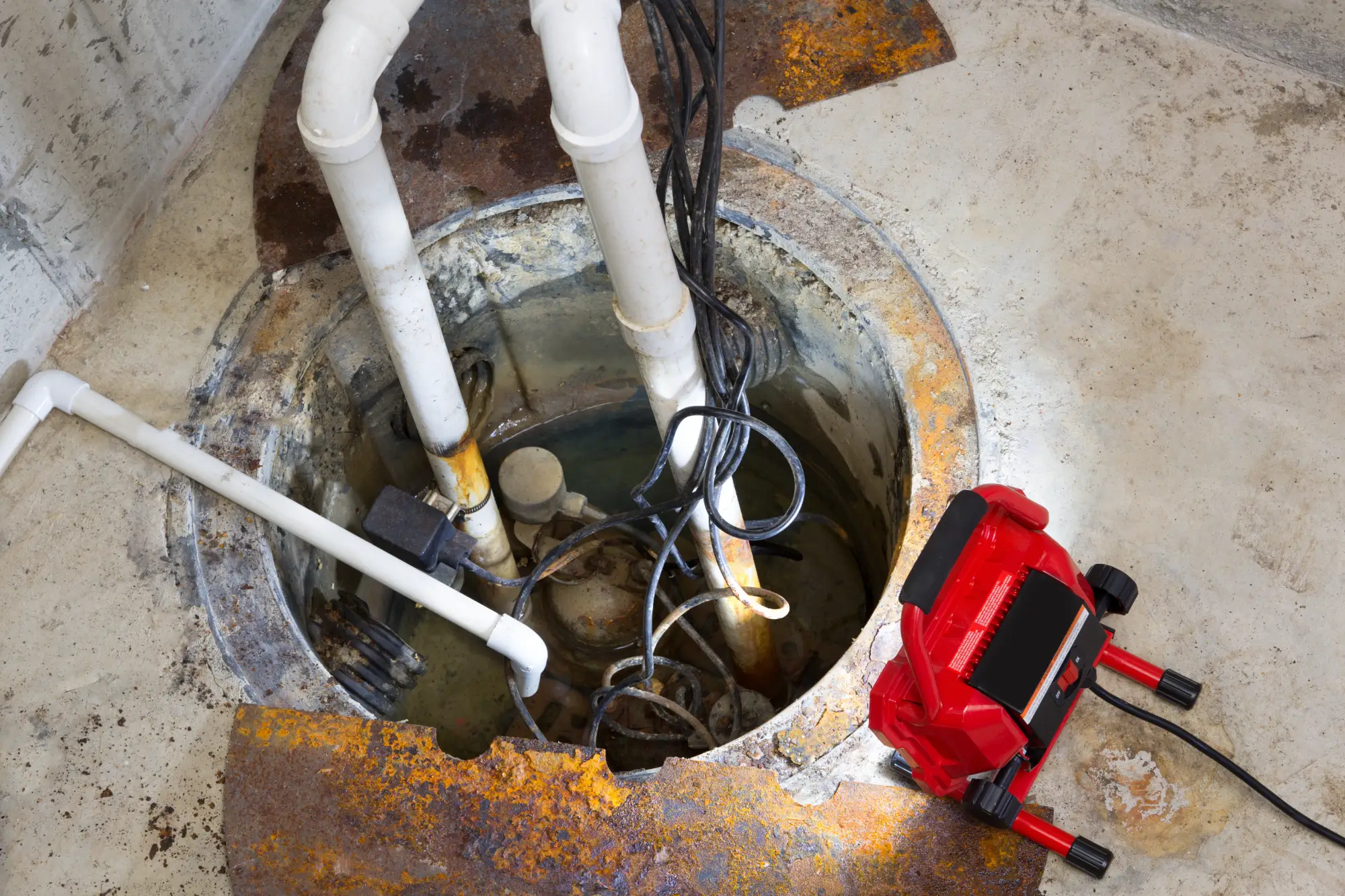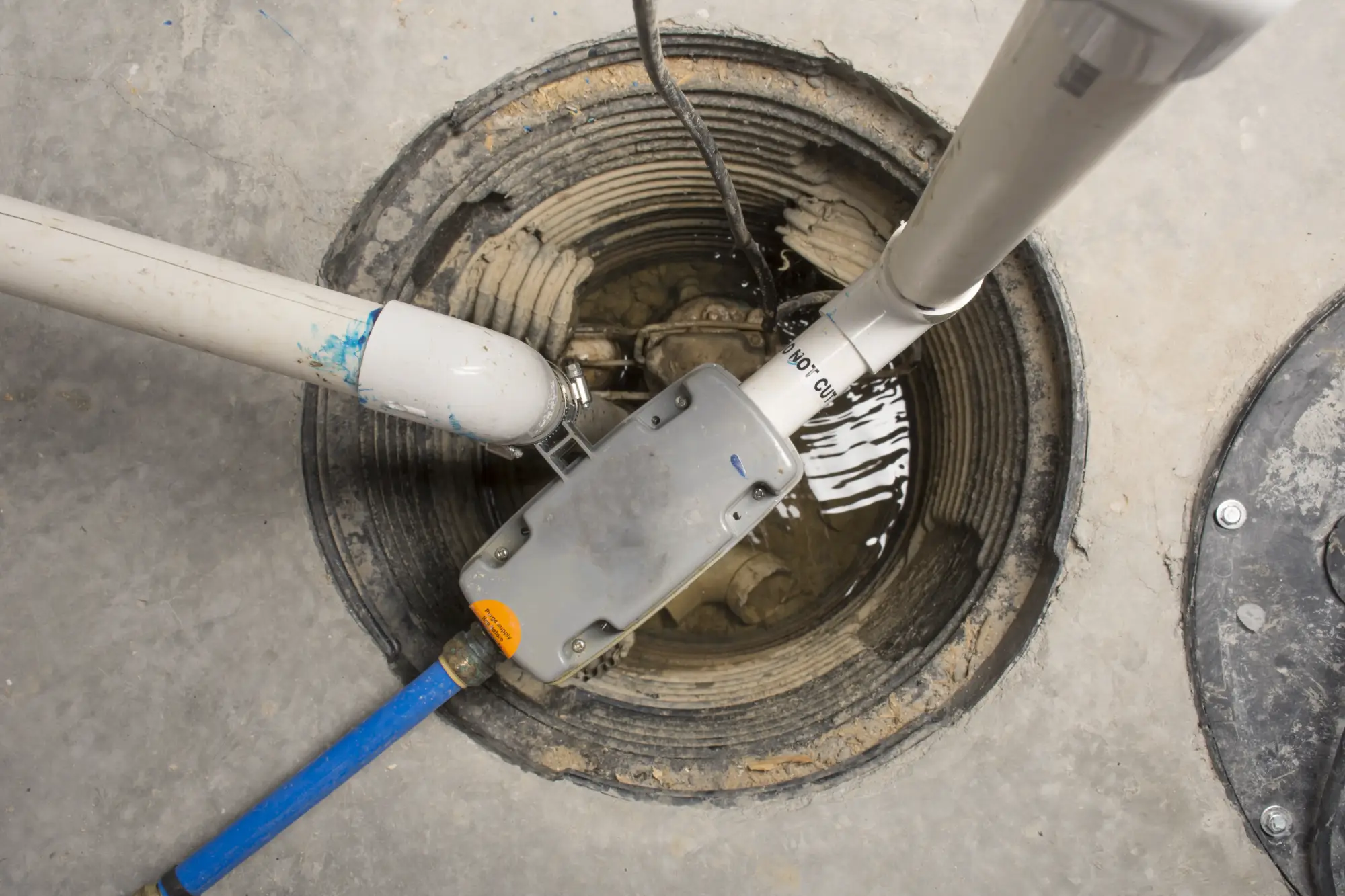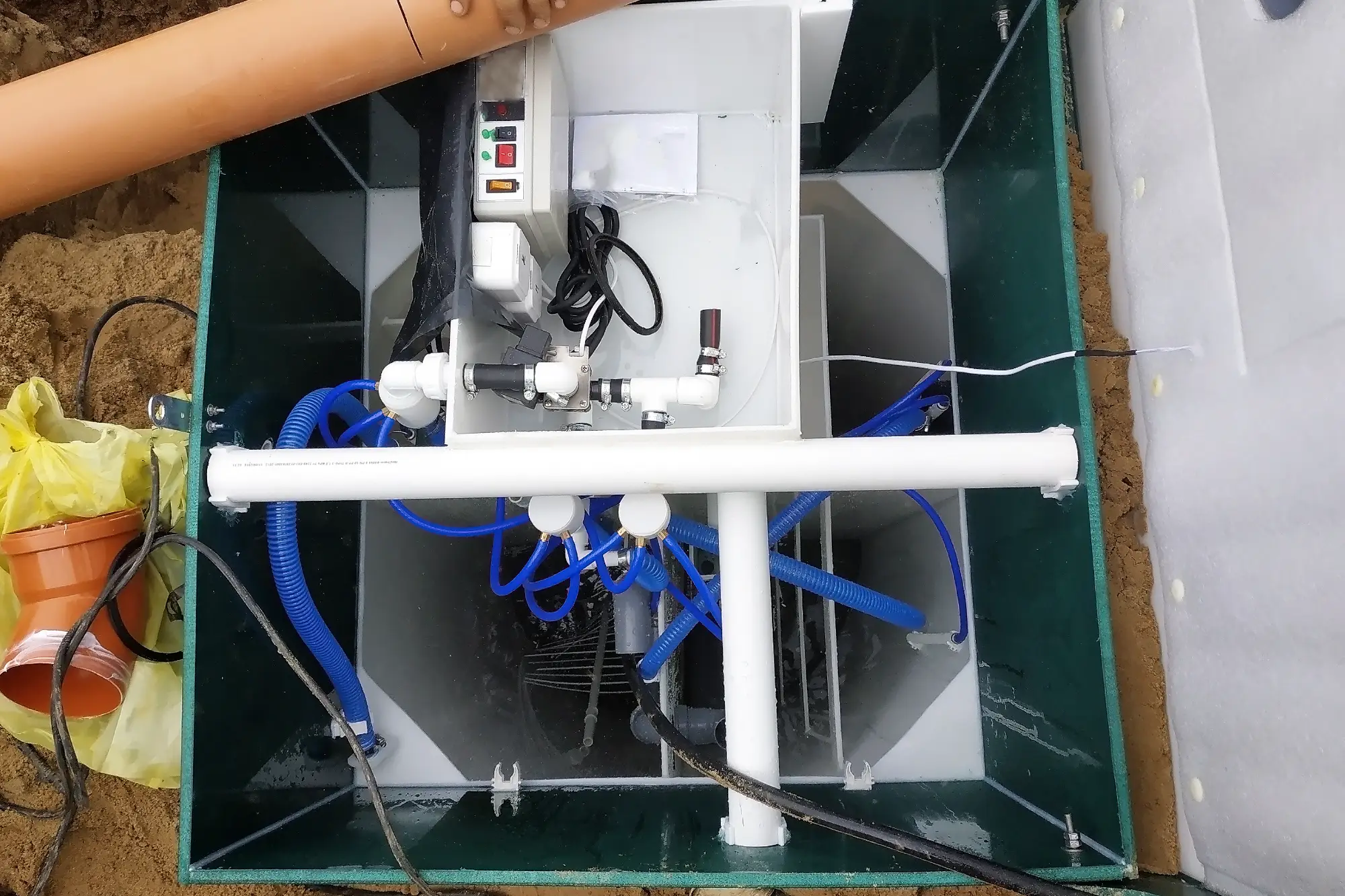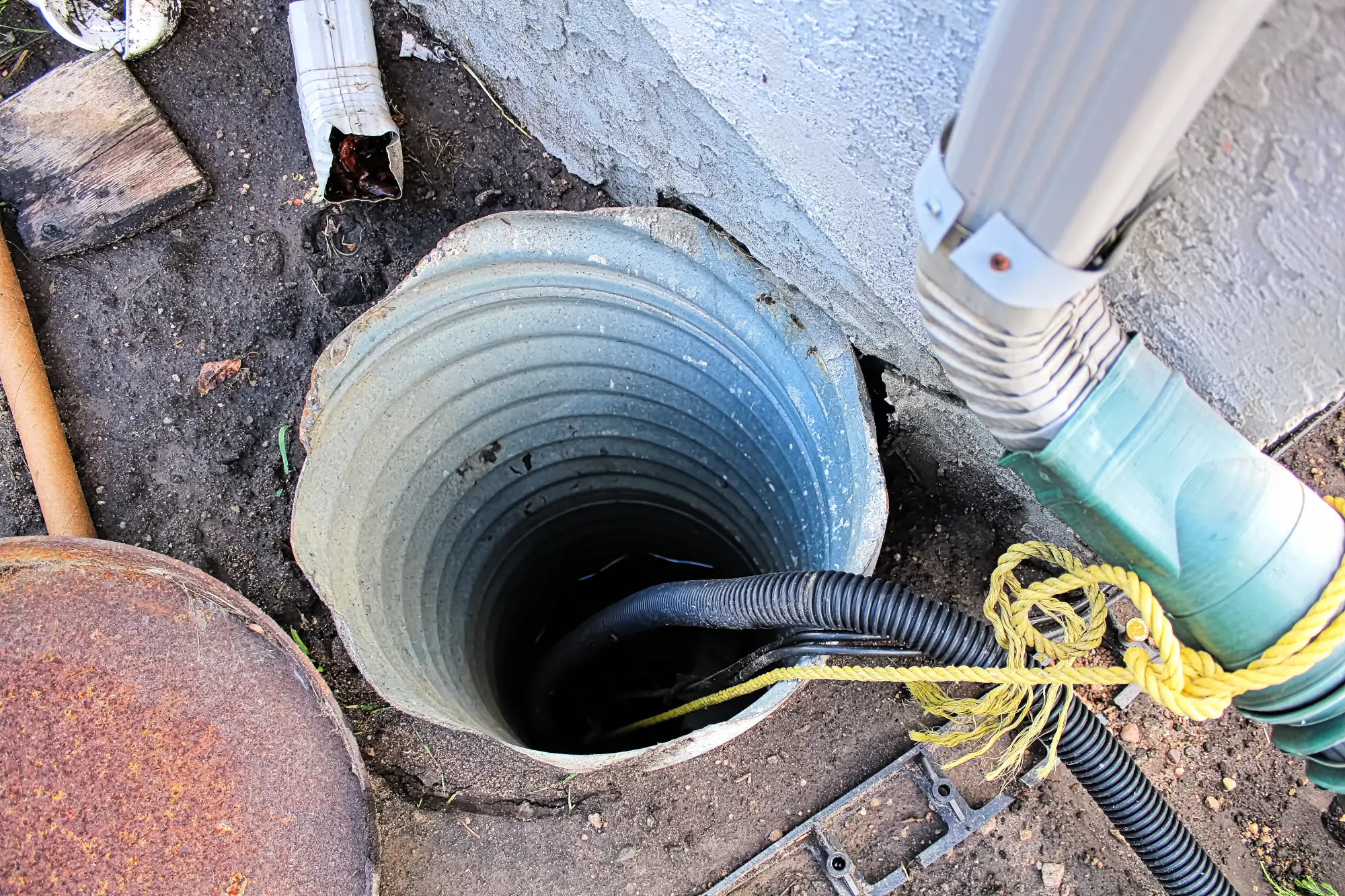Sump Pump Installation in Great River, NY
Stop Basement Flooding Before It Starts
Professional sump pump installation that actually works when Long Island storms hit hardest.

Hear About Us

Basement Protection Great River NY
You’ll sleep through storms instead of worrying about water in your basement. No more rushing downstairs during heavy rains to check for flooding. No more moving belongings to higher ground every time the weather forecast looks threatening.
Your basement becomes usable space again. Store holiday decorations, tools, and furniture without that constant fear of water damage. The musty smell disappears. The anxiety about your home’s foundation stops.
When your neighbors are dealing with wet basements and expensive cleanup, your sump pump system quietly does its job. Water gets pumped out before it becomes a problem. Your home value stays protected, and you avoid those costly emergency calls to restoration companies.
Sump Pump Installers Great River
We’ve been solving basement water problems across Long Island for years. We understand how Great River’s clay soil and high water table create unique challenges that generic solutions can’t handle.
Every basement we work on gets a custom approach. We don’t just drop in a pump and call it done. We evaluate your specific situation, understand where water enters, and design a system that actually prevents flooding.
You’re working with contractors who live and work in your community. We’ve seen every type of basement water issue Long Island throws at homeowners, and we know what works long-term versus what fails when you need it most.

Basement Sump Pump Installation Process
We start by evaluating your basement’s specific water issues. Where does water enter? How much volume during heavy rains? What’s your soil composition? This determines the right pump size and system design for your situation.
Next, we excavate the sump pit in the lowest point of your basement floor. The pit gets properly sized and lined to collect water efficiently. We install the pump system with the right horsepower for your needs, not just whatever’s cheapest.
The discharge line gets routed away from your foundation to prevent water from cycling back. We test the entire system thoroughly, including float switches and backup power if you choose that option. You’ll know exactly how it works and what to expect during the next storm.

Ready to get started?
Explore More Services
About Diamond Masonry & Waterproofing
Get a Free Consultation
Custom Sump Pump Solutions
Your installation includes proper pit excavation, professional-grade pump selection, and discharge routing that actually works. We don’t cut corners on the components that matter most when water starts rising.
You’ll get a system sized for Great River’s specific conditions. Long Island’s clay soil and seasonal water table changes require pumps that can handle volume and run reliably. We match the equipment to your basement’s actual needs.
Battery backup options keep you protected during power outages. Storm-related flooding often happens when the power’s out, which is exactly when you need your pump working. We’ll explain your options and help you decide what makes sense for your situation and budget.

How do I know if I need a sump pump in my Great River basement?
What size sump pump do I need for my basement?
How long does sump pump installation take?
Do I need a battery backup for my sump pump?
How often do sump pumps need maintenance or replacement?
Where does the water go when the sump pump runs?
Local Resources
- Google Map Link
- Find the Great River, NY USPS
- Locate Nearby Great River, NY Pharmacies
- View the Current Weather in Great River, NY
- Great River, NY is located in Suffolk county in New York State